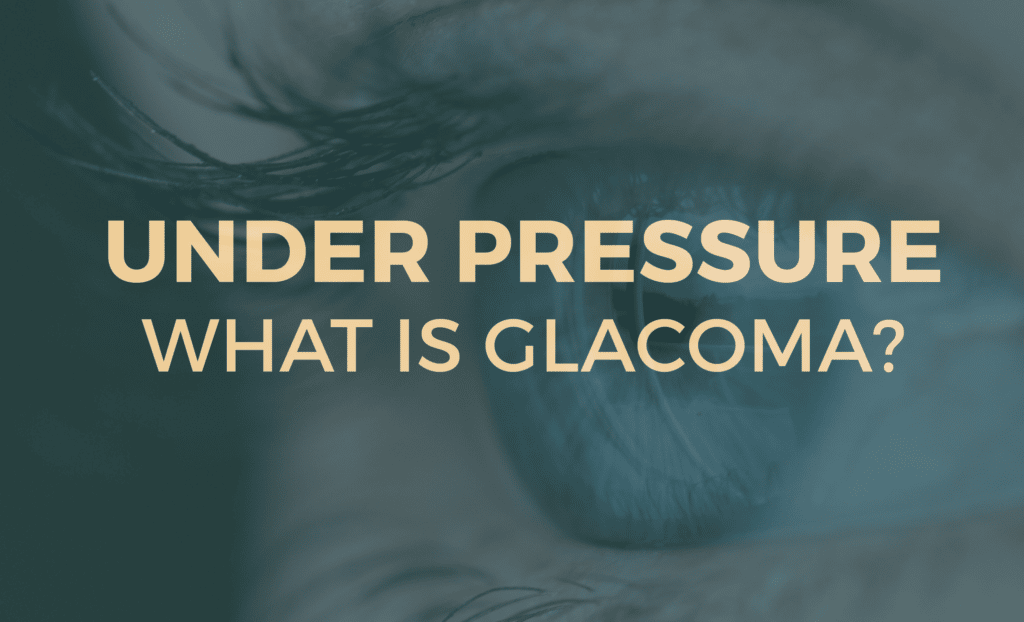
Your eyes are under a lot of pressure. The front of the eye constantly produces a fluid called aqueous humor. Small amounts of aqueous humor accumulate or drain off, helping the eye maintain optimal pressure. Blockage can occur, though, and insufficient drainage can lead to high pressure in the eye and possible damage to the optical nerve. This is the condition known as glaucoma, and there are two types to be aware of.
The most common form of glaucoma is open-angle. Open-angle glaucoma develops slowly, with age. Often, open-angle glaucoma presents no symptoms in its early stages. The worst one might notice is restricted peripheral vision, but, as the disease progresses, blank spots begin to form in a patient’s vision. If left untreated, glaucoma can result in total blindness. The best way to avoid permanent vision loss is to have regular eye exams. The sooner glaucoma is diagnosed and treated, the better.
A less common form of glaucoma is closed-angle. Closed-angle glaucoma is an eye emergency; it happens quickly and is painful. Angle closure happens when the pupil moves or dilates and blocks the drainage angles in the eye. Vision damage happens very quickly in closed-angle glaucoma, and the symptoms are so painful and dramatic that most patients seek medical help immediately.
To find out more about glaucoma symptoms, risk factors, and treatments visit https://www.takleeye.com/glaucoma-center-griffin/. There you’ll find a helpful video that explains exactly what’s going on when drainage is stopped, and what treatments are available to mitigate damage and return the eyes to normal function.




